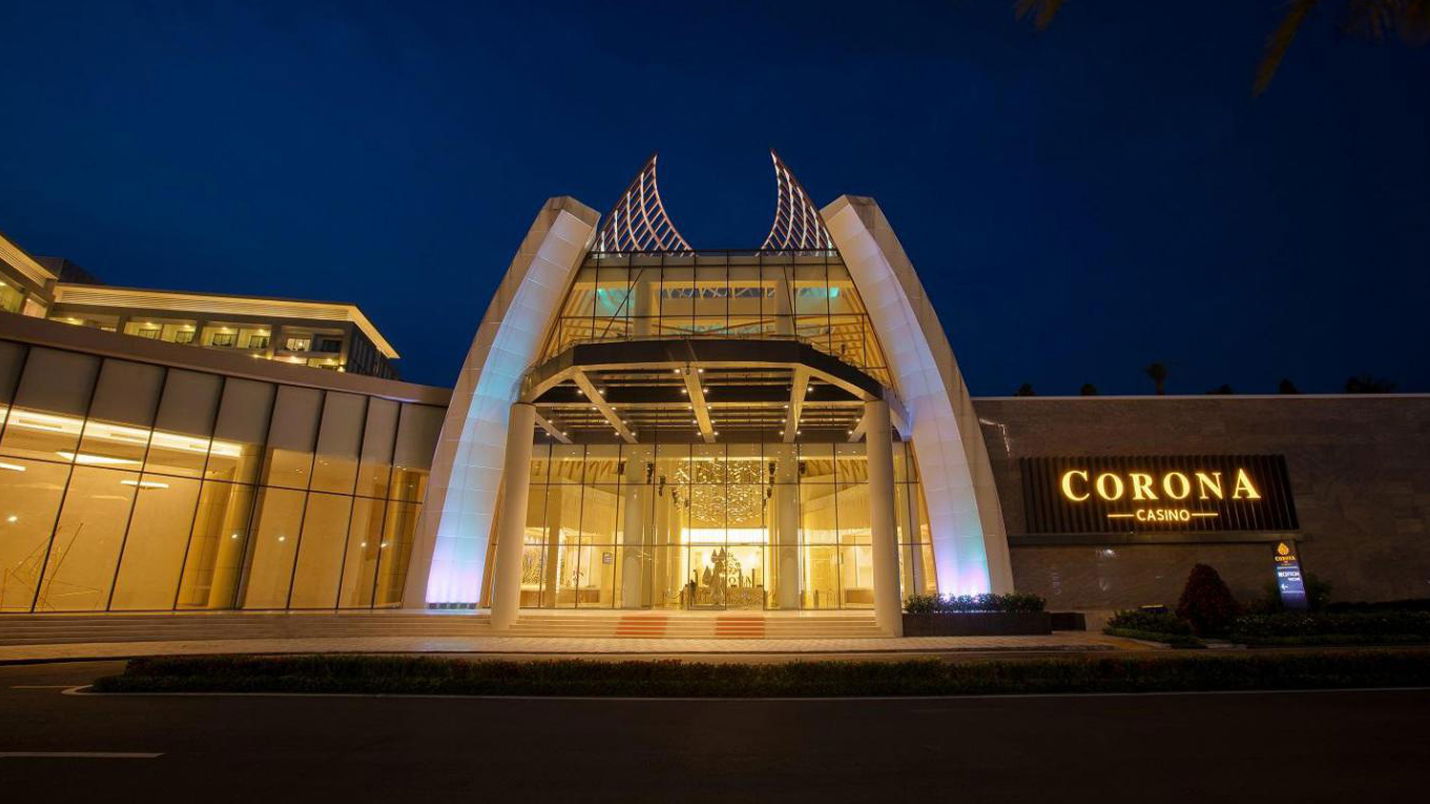Washington's Snoqualmie Casino opens hotel after seven years in the making

The hotel at Snoqualmie Casino & Hotel officially opened on August 8, seven years after planning began.
A ribbon-cutting ceremony drew hundreds, including media, community members, and Snoqualmie Tribe elders, the Snoqualmie Valley Record reported. Robert de los Angeles, chairperson of the Snoqualmie Tribal Council, called the opening “a homecoming and foundation of economic growth” for the tribe. “Just as Nov. 6, 2008, will always be remembered in our history, Aug. 8, 2025, will also be a day we won’t forget," he said.
The casino originally opened in 2008, and the addition of a hotel has been a long-standing goal for the tribe. In 2018, the Casino Expansion Work Group and Art Committee were formed, bringing together tribal council members, government staff, casino employees, and tribal members to ensure the project reflected the tribe’s culture.
“Together, we spent thousands of hours planning, designing, and making sure that our culture is represented in every detail,” said de los Angeles. “For example, the roof line on the hotel tower is designed to honor the traditional longhouses of our ancestors, which once dotted hundreds of square miles of our ancestral lands.”
During a tour of the new hotel on July 31, CEO Mary Lou Patterson emphasized the goal of creating a welcoming gathering space for the entire tribe. One full floor of the building serves as a convention center, featuring multiple breakout rooms and a large ballroom equipped with presentation technology, a stage, and a bar.
Another floor houses the spa, pool, and fitness center. The MoonRise spa offers treatment rooms, locker facilities, a steam room, sauna, and a relaxation lounge with refreshments. Spa services are available to the public and include access to the pool and fitness center. The indoor pool features glass doors that open to an outdoor deck with views of the Cascades, as well as an indoor and outdoor hot tub.
The hotel includes 210 rooms, half with views of Mount Si, ranging from deluxe rooms to 965-square-foot suites. Indigenous art and cultural elements are featured throughout, including hallway carpets symbolizing rivers and photos of the tribe’s annual canoe journey.

















